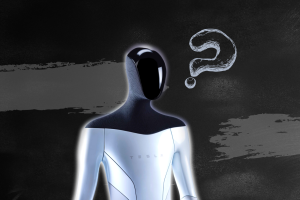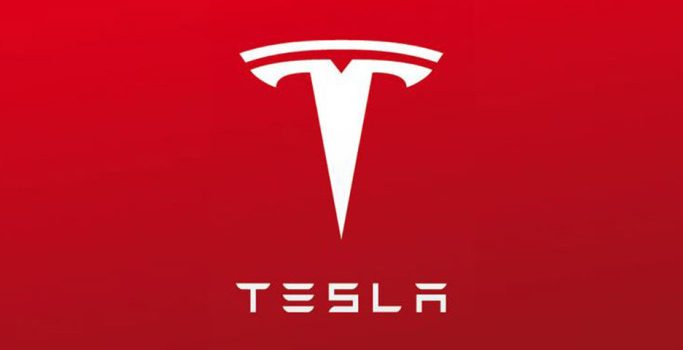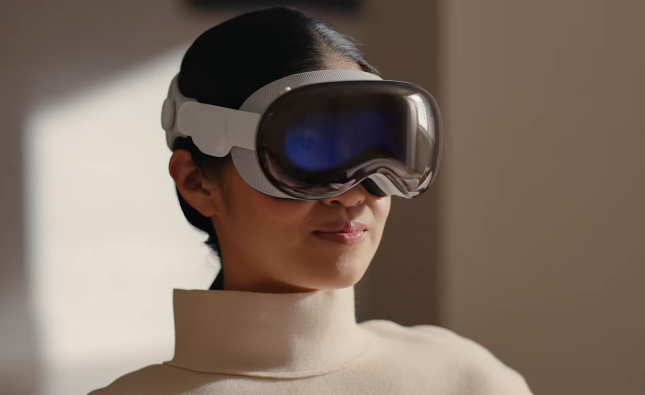
What Tesla’s Humanoid Robot Means for the World
Tesla’s humanoid robot, Optimus, promises to do boring, repetitive, and dangerous tasks for humans. But what are the global and environmental implications of this innovation?
Hi, I’m John Smith, a robotics expert and a Tesla enthusiast. In this article, I will explore the potential impact of Tesla’s Optimus on the world. Optimus is a humanoid robot designed by Tesla that uses the same AI system as its cars. It is expected to perform various tasks that humans don’t want to do, such as manufacturing assistance, grocery shopping, elderly care, and more. But how will this affect the economy, the environment, the society, and the culture? Let’s find out.
What is Optimus and why is it important?
Optimus is a humanoid robot that was unveiled by Tesla in August 2023. It is based on the same AI system that powers Tesla’s electric vehicles and autonomous driving. Optimus is designed to look like a human, with a height of 5 feet 8 inches, a weight of 125 pounds, and a speed of 5 miles per hour. It can carry up to 45 pounds of weight and has various sensors, cameras, and microphones to perceive and interact with its surroundings.
Optimus is intended to do tasks that are boring, repetitive, or dangerous for humans. According to Tesla’s CEO, Elon Musk, Optimus can “eliminate dangerous, repetitive and boring tasks” and “be your buddy”. Some of the examples of tasks that Optimus could perform are:
- Manufacturing assistance: Optimus could help with assembling, inspecting, and testing products in factories, warehouses, and workshops. It could also handle heavy or hazardous materials and operate machinery and tools.
- Grocery shopping: Optimus could go to the supermarket and buy groceries for humans. It could scan the items, pay with a digital wallet, and carry the bags to the car or home. It could also follow a shopping list or make suggestions based on the preferences and needs of the human.
- Elderly care: Optimus could assist the elderly with their daily activities, such as dressing, bathing, eating, and taking medications. It could also provide companionship, entertainment, and social interaction. It could monitor the health and well-being of the elderly and alert the medical staff or family members in case of an emergency.
These are just some of the possible applications of Optimus. Optimus could also do other tasks that humans don’t want to do, such as cleaning, gardening, cooking, laundry, and more. Optimus could also learn new skills and tasks from humans or from the internet. Optimus is important because it could improve the efficiency, productivity, and quality of work and life for humans. It could also free up time and energy for humans to focus on more creative, meaningful, and enjoyable activities.
How will Optimus affect the economy and the labor market?
Optimus could have a significant impact on the economy and the labor market. On one hand, Optimus could bring many benefits for the economy, such as:
- Increasing productivity: Optimus could perform tasks faster, more accurately, and more consistently than humans. It could also work 24/7 without breaks, fatigue, or errors. This could increase the output and quality of goods and services and reduce the costs and waste.
- Enhancing efficiency: Optimus could optimize the use of resources, energy, and space. It could also reduce the need for transportation, storage, and maintenance. This could lower the environmental footprint and increase the profitability of businesses and industries.
- Stimulating innovation: Optimus could enable new products, services, and markets that were not possible before. It could also create new opportunities and challenges for research, development, and education. This could foster innovation, competitiveness, and growth in the economy.
On the other hand, Optimus could also pose some challenges and risks for the labor market, such as:
- Displacing workers: Optimus could replace human workers in many sectors and occupations, especially those that are routine, manual, or low-skilled. This could lead to unemployment, income inequality, and social unrest.
- Creating skill gaps: Optimus could require new skills and competencies from human workers, such as technical, analytical, and interpersonal skills. This could create skill gaps and mismatches between the demand and supply of labor.
- Raising ethical and legal issues: Optimus could raise ethical and legal questions about the rights, responsibilities, and liabilities of humans and robots. For example, who is accountable for the actions and outcomes of Optimus? How to ensure the safety, security, and privacy of humans and robots? How to regulate the use and abuse of Optimus?
The impact of Optimus on the economy and the labor market will depend on many factors, such as the pace, scale, and scope of its adoption, the policies and regulations that govern its use, and the responses and adaptations of humans and society. According to some estimates, the market size and value of humanoid robots could reach $6 billion by 2030 and $150 billion by 2035. This suggests that Optimus could have a significant and lasting influence on the economy and the labor market.

How will Optimus impact the environment and the climate?
Optimus could also have a significant impact on the environment and the climate. On one hand, Optimus could help reduce greenhouse gas emissions and energy consumption by replacing fossil-fuel powered vehicles and machines. Optimus is powered by electric batteries that can be charged by renewable sources, such as solar, wind, and hydro. This could lower the carbon footprint and mitigate the effects of climate change.
On the other hand, Optimus could also have some environmental drawbacks, such as increasing e-waste, battery disposal, and resource extraction. Optimus is made of various materials, such as metals, plastics, and electronics, that require mining, processing, and manufacturing. These processes could generate pollution, waste, and emissions. Optimus also has a limited lifespan and could become obsolete or damaged over time. This could create challenges for recycling, reusing, and disposing of Optimus and its components.
Optimus could also have some environmental applications, such as recycling, waste management, and disaster relief. Optimus could help sort, collect, and transport recyclable materials, such as paper, plastic, and metal. It could also help dispose of hazardous or toxic waste, such as nuclear, chemical, or biological waste. Optimus could also assist in disaster situations, such as earthquakes, floods, or fires. It could help rescue, evacuate, and provide aid to the victims and the responders.
The impact of Optimus on the environment and the climate will depend on how it is used, maintained, and disposed of. Optimus could be a force for good or evil, depending on the intentions and actions of humans and society. Optimus could help protect and preserve the environment and the climate, or it could harm and destroy them.
How will Optimus change the society and the culture?
Optimus could also have a significant impact on the society and the culture. On one hand, Optimus could improve the quality of life and well-being of humans by providing convenience, comfort, and companionship. Optimus could help humans with their daily chores, errands, and tasks, saving them time and effort. Optimus could also provide humans with entertainment, education, and social interaction, enhancing their happiness and satisfaction.
On the other hand, Optimus could also have some social and cultural implications, such as altering human relationships, values, and norms. Optimus could affect the way humans interact with each other, with robots, and with themselves. Optimus could create new forms of communication, collaboration, and competition, as well as new issues of trust, empathy, and identity. Optimus could also influence the way humans perceive and value themselves, their work, and their society. Optimus could challenge or reinforce the existing social and cultural structures, such as gender, class, and ethnicity.
Optimus could also create some possible scenarios and outcomes, such as coexistence, conflict, or collaboration between humans and robots. Optimus could coexist peacefully and harmoniously with humans, respecting and complementing each other. Optimus could also conflict or compete with humans, threatening or dominating each other. Optimus could also collaborate or cooperate with humans, learning and growing from each other.
The impact of Optimus on the society and the culture will depend on how it is designed, programmed, and controlled. Optimus could reflect or shape the values, beliefs, and attitudes of humans and society. Optimus could be a friend or a foe, a partner or a rival, a teacher or a student.
Conclusion and Recommendations
Optimus is a humanoid robot that could do boring, repetitive, and dangerous tasks for humans. It could have a significant impact on the world, affecting the economy, the environment, the society, and the culture. Optimus could bring many benefits and opportunities, as well as many challenges and risks, for humans and society. Optimus could be a game-changer for the world, for better or for worse.
Here are some recommendations and suggestions for the readers, based on the findings of this article:
- Prepare for the future of work: Optimus could change the nature and demand of work for humans. You should update your skills and knowledge to adapt to the new challenges and opportunities. You should also be flexible and resilient to cope with the uncertainty and change.
- Adopt sustainable practices: Optimus could affect the environment and the climate in positive or negative ways. You should be mindful of the environmental impact of your actions and choices. You should also support and participate in initiatives that promote green and clean energy and technology.
- Foster positive interactions with robots: Optimus could interact with you and other humans in various ways. You should be respectful and courteous to Optimus and other robots, as well as to other humans. You should also be aware and responsible for the ethical and legal implications of your interactions with robots.
What do you think of Optimus and how would you use it? Please share your thoughts and opinions in the comments section below. Thank you for reading this article.










